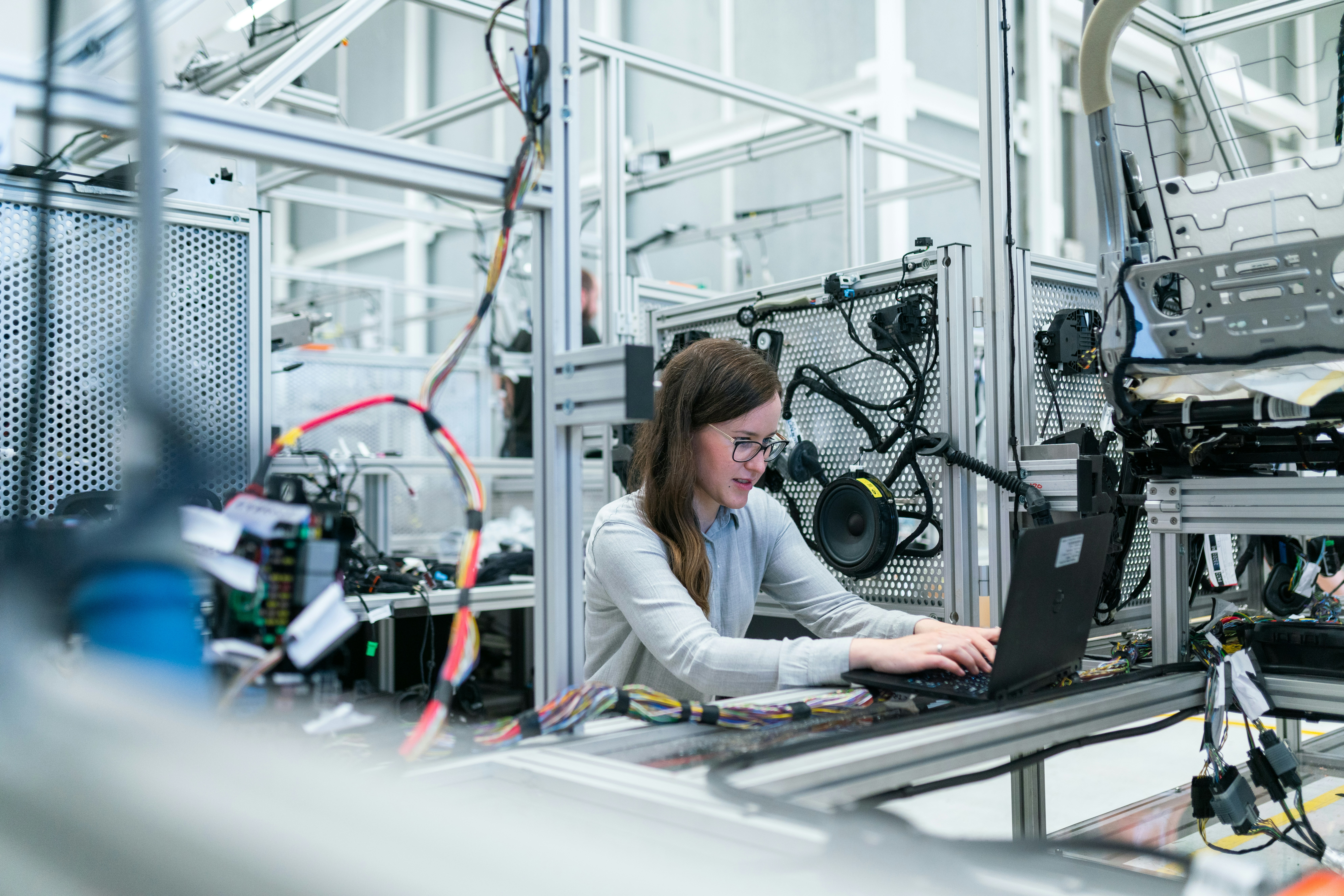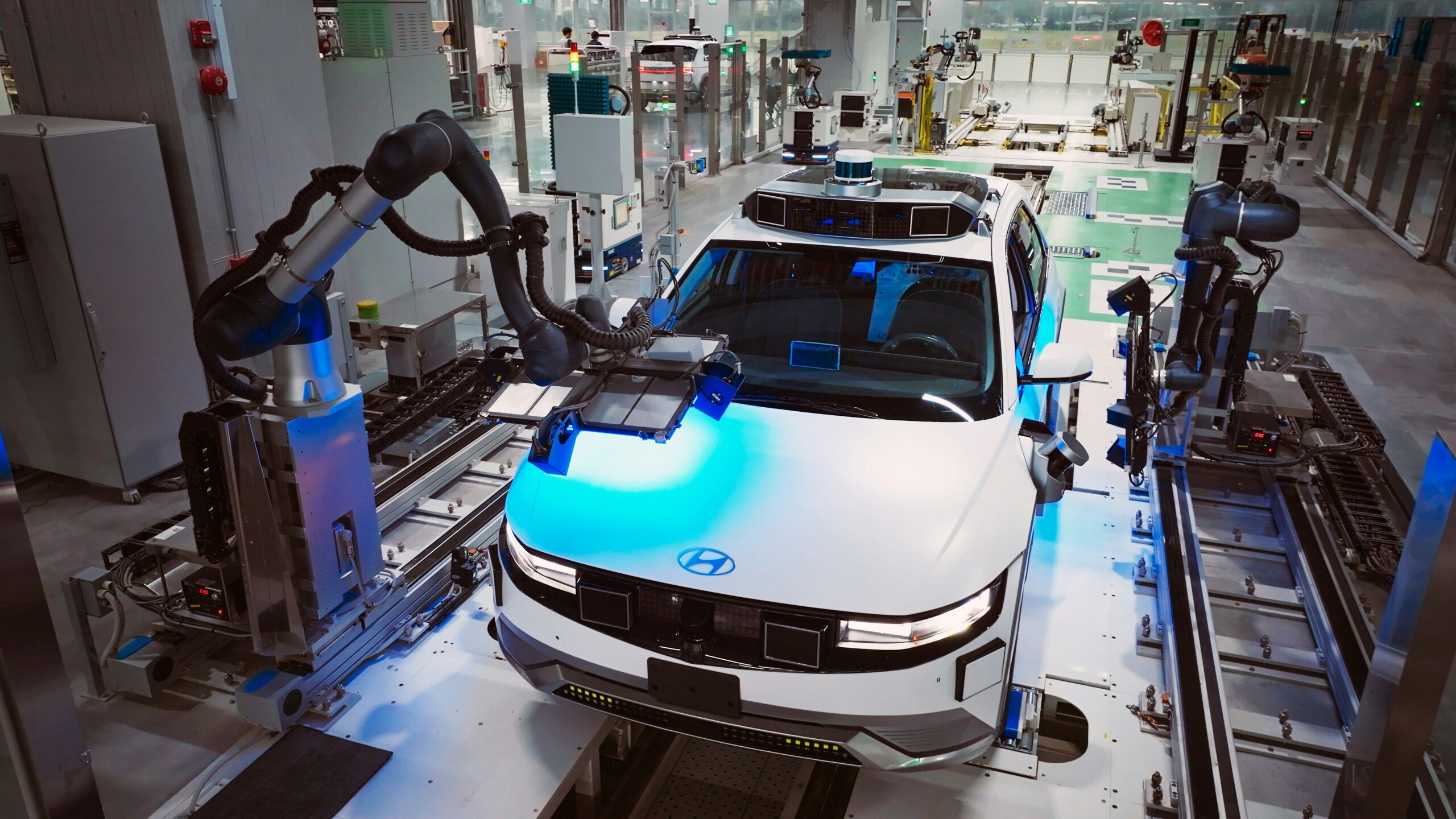In the era of Industry 4.0, the convergence of human expertise and advanced technology is redefining the manufacturing landscape. Smart factories, equipped with cutting-edge AI and IoT systems, are at the forefront of this revolution. By fostering seamless human-machine collaboration, these factories are not only enhancing productivity but also creating safer and more efficient workplaces.
The Evolution of Smart Factories
Smart factories represent the next step in the evolution of manufacturing. They utilize interconnected machines, sensors, and software to collect and analyze data in real-time. This data-driven approach allows for unprecedented levels of automation, precision, and optimization. However, the true power of smart factories lies in their ability to augment human capabilities.
Key Technologies in Human-Machine Collaboration
Human-Machine Interfaces (HMIs): HMIs are crucial in smart factories, enabling workers to interact with machines intuitively. Touchscreens, voice commands, and gesture controls allow for easy and efficient operation of complex machinery. By simplifying these interactions, HMIs reduce the learning curve and empower workers to leverage advanced technology effectively.
Collaborative Robots (Cobots): Unlike traditional industrial robots, cobots are designed to work alongside human workers. They handle repetitive, dangerous, or physically demanding tasks, allowing humans to focus on more strategic and creative activities. Cobots are equipped with sensors and AI algorithms that ensure safe and efficient collaboration.
Wearable Technology: Wearable devices, such as smart glasses and wristbands, provide workers with real-time data and alerts. These devices can monitor vital signs, track movement, and even offer augmented reality (AR) overlays to guide workers through complex procedures. Wearables enhance both productivity and safety on the factory floor.
Digitalization of Standard Operating Procedures (SOPs): By digitizing SOPs, smart factories ensure that workers have instant access to the latest guidelines and instructions. This not only improves compliance and consistency but also allows for real-time updates and feedback, streamlining processes and reducing errors.
Benefits of Human-Machine Collaboration
Enhanced Productivity: Automation and AI take over routine tasks, freeing human workers to tackle more complex and value-added activities. This division of labor leads to increased overall efficiency and productivity.
Improved Safety: Machines and cobots can handle hazardous tasks, significantly reducing the risk of workplace injuries. Additionally, wearable devices monitor workers’ health and safety, providing alerts in case of potential hazards.
Higher Quality: AI-powered quality control systems can detect defects with greater accuracy than human inspectors, ensuring higher standards and reducing waste.
Predictive Maintenance: AI systems can predict when machines are likely to fail, allowing for proactive maintenance. This minimizes downtime and prevents costly disruptions.
Sustainability: Smart factories optimize resource usage and reduce waste, contributing to more sustainable manufacturing practices. AI algorithms can analyze energy consumption and identify areas for improvement, helping factories reduce their environmental footprint.
Challenges and Considerations
While the benefits of human-machine collaboration are significant, there are also challenges to address:
High Initial Costs: Implementing AI and IoT technologies requires substantial investment. Small and medium-sized enterprises may find it challenging to bear these costs.
Integration Complexity: Integrating new technologies with existing systems can be complex. It requires careful planning, technical expertise, and time.
Skill Gaps: Workers need to be trained to operate and interact with new technologies. This necessitates investment in education and training programs.
Cybersecurity Risks: Increased connectivity exposes factories to cybersecurity threats. Robust security measures are essential to protect sensitive data and systems.
Job Displacement: Automation can lead to concerns about job displacement. It’s crucial to manage this transition by reskilling workers and creating new roles that leverage human creativity and decision-making.
The Road Ahead
Human-machine collaboration in smart factories is not just a trend; it’s a transformative force that is reshaping the manufacturing industry. By blending human ingenuity with the precision and efficiency of machines, smart factories are setting new standards for productivity, safety, and sustainability.
As we move forward, it’s essential to embrace this collaboration thoughtfully, addressing challenges and ensuring that the transition benefits both workers and businesses. With the right approach, human-machine collaboration can unlock unprecedented potential, driving innovation and growth in the manufacturing sector.




